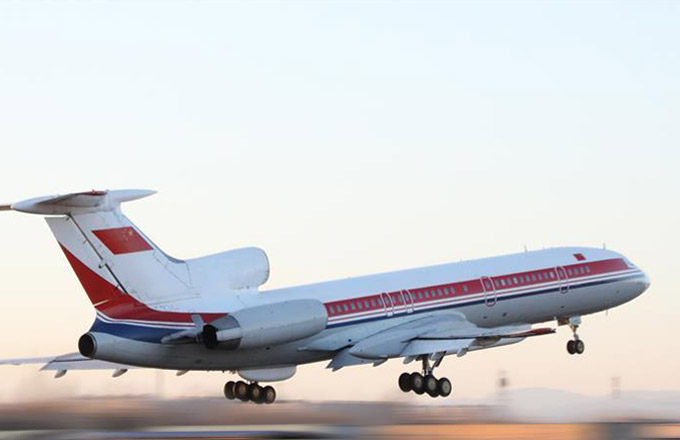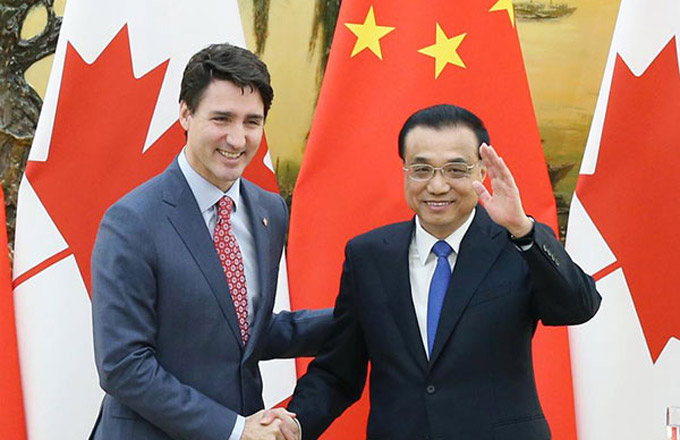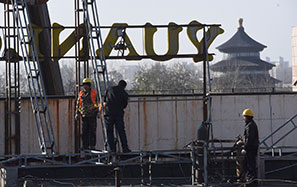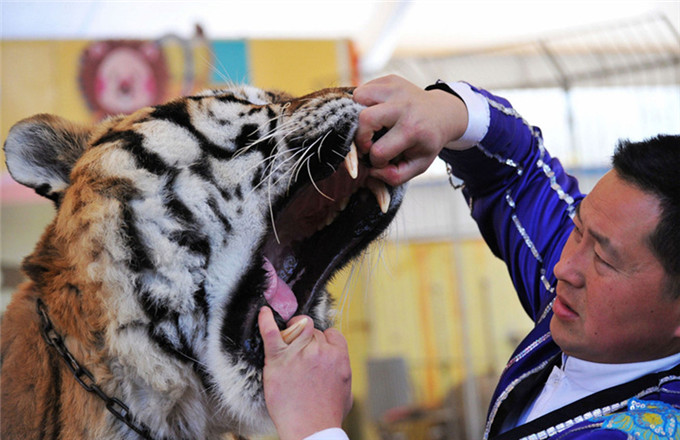Gold awaits at end of three-leg flight
But still much needs to be done to make industry flight worthy
General aviation is an important part of China's civil aviation industry, and a stimulus to the entire sector and indeed the economy as a whole. General aviation can also be highly lucrative, often producing spectacular returns. In addition, it is effective not only in shaping the entire industry chain, but providing many job opportunities. It also serves as a base for China's commercial aviation professionals.
As reform of the country's low-airspace management continues apace, the general aviation industry is entering an era in which change will be rapid and the opportunities aplenty.
But if you cast an eye over general aviation policy and infrastructure in developed countries, it becomes clear that in China the industry is still much closer to its point of departure than its final destination.
First, China's outdated airspace-management system and strict air-traffic control system are fundamental constraints to the development of the country's general aviation. The system is administered by the military and by civil-aviation people, but the great bulk of airspace comes under the auspices of the military. At the same time, gaining approval for new routes is slow and cumbersome, which poses another serious constraint on general aviation.
Second, infrastructure is sparse. At the end of 2010 there were 286 general aviation airports and temporary landing spots, of which only 43 were certified, while in the US there were more than 20,000, and 70 percent of airports were privately owned. At the same time, China had about 1,200 registered general aviation aircraft, half a percent of the number in the US.
Third, there is also a severe shortage of professional talent. General aviation demands a lot of high technology, which in turn demands highly trained people with technical skills. Therefore, as general aviation continues to develop rapidly, the demand for pilots and crew members will continue to rise. The problem is that at the moment China's aviation professional personnel training system caters only to the needs of airlines.
As the airspace management system is reformed, general aviation policy constraints will gradually disappear, and market demand will gradually rise. Those investing in the industry will include local governments and social funds.
Low-altitude airspace management reform is now in view, and the policy bottleneck in general aviation development will gradually disappear. In 2010 the government issued guidelines on continuing reforms to low-altitude airspace management. It identified the short-term goals and overall aims of airspace reform, and divided low-altitude airspace in a reasonable way.
There will be three phases to this, first with trial reforms in particular regions. The changes will then be applied nationally, building a management and service support system that combines government rules, industry guidance and the workings of the market. In the long run the reforms will also need new regulation, operation and service systems, low-altitude airspace will need to be developed to its full potential.
The low-altitude reforms will get into full swing next year and those policies, promoting opening-up, will allow general aviation to grow rapidly.
In turn, increased demand will give a fillip to industrial restructuring. At present China's general aviation is engaged mainly in manufacturing, agriculture, forestry and flight training, and profits are limited.
As the number of wealthy Chinese rises, as more non-commercial aircraft are used to conduct business, and as air-travel market opportunities grow, the number of private aircraft, business flights, and general aviation flights will increase rapidly. They will become a driving force for the general aviation industry and a new engine for regional economies.
Increasing investment, some of it from local government and social funds, is giving general aviation the wherewithal to attend to its industry chain. The number of aircraft has already increased greatly, and research and development, and manufacturing standards have improved markedly.
Growth in ancillary services will follow suit, airport construction, aircraft leasing and sales, flight teaching and training being some of the areas into which capital will flow.
Air transport services will develop relatively slowly, given constraints in technology, human resources and the operational environment. However, surging market demand will generate explosive growth in the upstream and downstream industries.
The author is a transport industry researcher at CIConsulting. The views do not necessarily reflect those of China Daily.


















